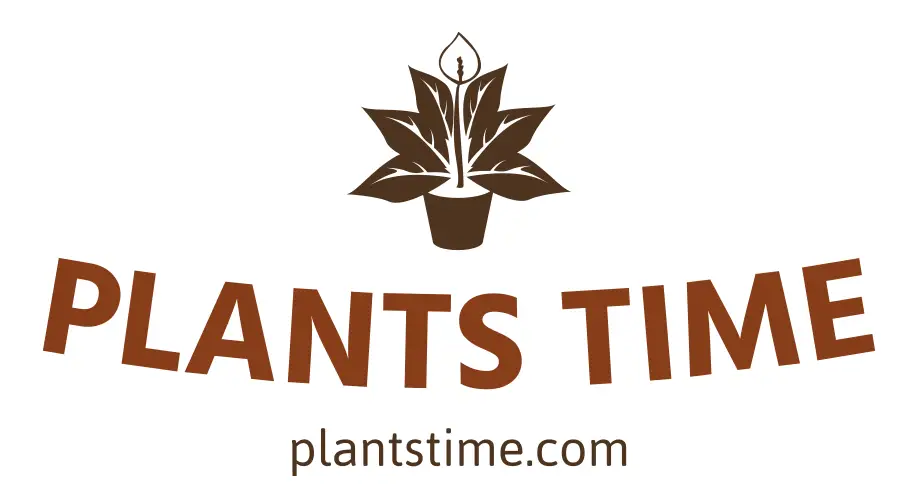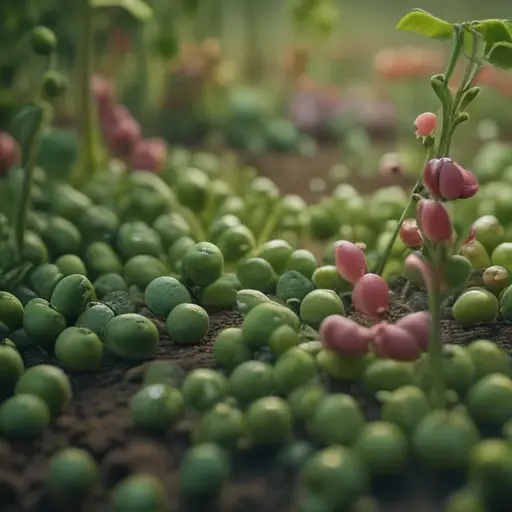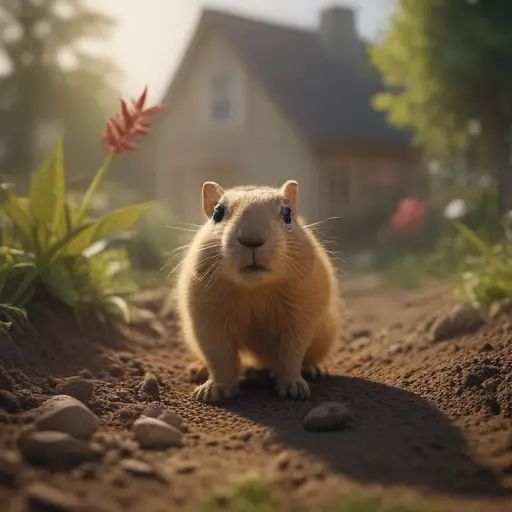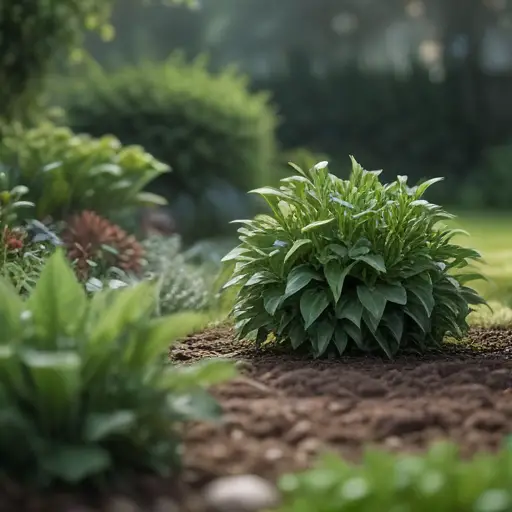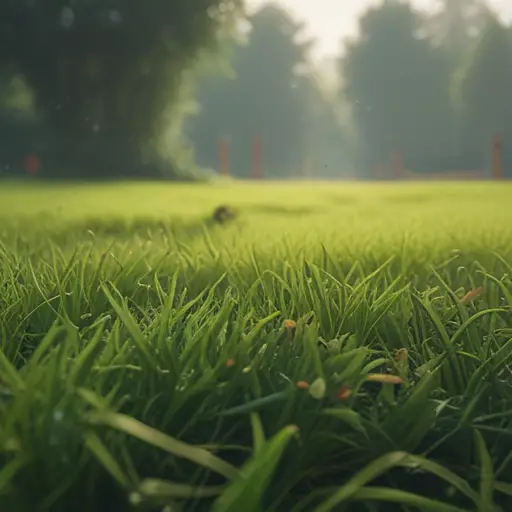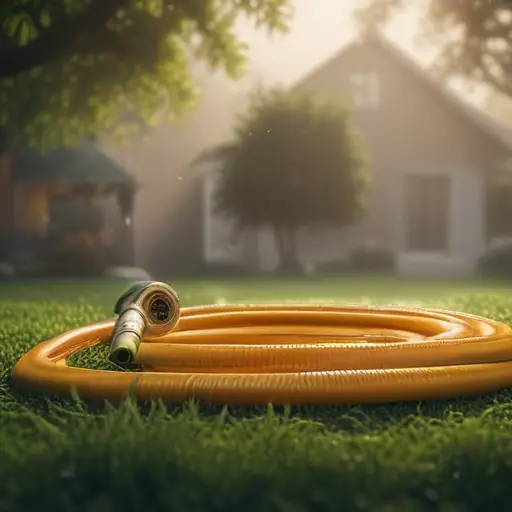Tips for Growing Garden Peas
Choosing the Right Pea Variety
When it comes to choosing the right pea variety for your garden, it’s important to consider factors like climate, soil type, and personal taste preferences. Are you a fan of sweet, tender peas or do you prefer a more robust, earthy flavor? Do you have a short growing season or plenty of time to let your peas mature? These are all important questions to ask yourself before selecting a pea variety. And remember, just because a pea variety is popular doesn’t mean it’s the best fit for your garden. So take your time, do your research, and choose the pea variety that will thrive in your garden and tickle your taste buds.
Preparing the Soil for Planting
One interesting fact about growing garden peas is that they are a cool-season crop, meaning they thrive in cooler temperatures and can be planted as soon as the soil can be worked in the spring. This makes them an ideal crop for early season planting and harvesting before the heat of summer sets in. Additionally, garden peas are nitrogen-fixing plants, which means they have the ability to convert atmospheric nitrogen into a form that can be used by other plants, making them a beneficial crop for improving soil fertility.
Before planting your garden peas, it’s crucial to prepare the soil properly to ensure a bountiful harvest. Peas thrive in well-drained, fertile soil with a slightly acidic pH level. Start by clearing the area of any weeds or debris, then loosen the soil to a depth of about 6 inches to allow for proper root growth. Adding organic matter like compost or aged manure can help improve soil structure and provide essential nutrients for your pea plants. Consider conducting a soil test to determine if any additional amendments are needed to create the ideal growing environment for your garden peas. Remember, healthy soil leads to healthy plants, so invest the time and effort into preparing your soil for planting success.
Planting and Caring for Pea Seedlings
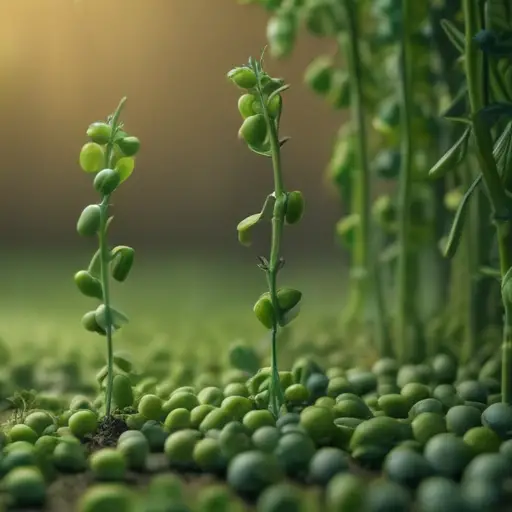
When it comes to planting and caring for pea seedlings, there are a few key steps to keep in mind for a successful harvest. Start by planting your pea seeds in well-drained soil that receives plenty of sunlight. Peas prefer cooler temperatures, so aim to plant them in early spring as soon as the soil can be worked. Sow the seeds about 1 inch deep and 2 inches apart, either in rows or in a zigzag pattern to maximize space. Water the seeds gently after planting to ensure the soil is moist but not waterlogged.
As your pea seedlings begin to grow, provide them with support in the form of trellises, stakes, or pea fences to help them climb and prevent them from sprawling on the ground. Peas are climbers by nature, so giving them something to latch onto will promote healthy growth and make harvesting easier. Keep the soil consistently moist but not waterlogged, as peas are sensitive to overwatering. Mulching around the base of the plants can help retain moisture and suppress weeds, providing a more favorable environment for your pea seedlings to thrive.
Regularly check your pea seedlings for signs of pests or diseases, such as aphids or powdery mildew, and take appropriate measures to address any issues that arise. Consider applying organic pest control methods or using companion planting techniques to deter pests naturally. Additionally, fertilize your pea plants with a balanced fertilizer once they begin to flower to support healthy growth and encourage a plentiful harvest. With proper care and attention, your pea seedlings will reward you with delicious, homegrown peas that are perfect for adding to salads, stir-fries, and soups.
Harvesting and Storing Garden Peas
A fun fact about growing garden peas is that they are actually a cool-season crop, meaning they thrive in cooler temperatures and can be planted as soon as the soil can be worked in the spring. This makes them a great option for early season gardening and can even be planted again in late summer for a fall harvest.
When it comes time to harvest your garden peas, it’s important to pick them at the right stage to ensure optimal flavor and texture. Harvest your peas when the pods are plump and firm, but the peas inside are still tender and sweet. Avoid waiting too long to harvest, as peas can quickly become overripe and lose their delicious taste. To harvest, gently pull the pods off the plant, being careful not to damage the vines. Once harvested, store your peas in the refrigerator in a perforated plastic bag to maintain freshness. Enjoy your homegrown peas in salads, side dishes, or simply as a tasty snack straight from the garden.
